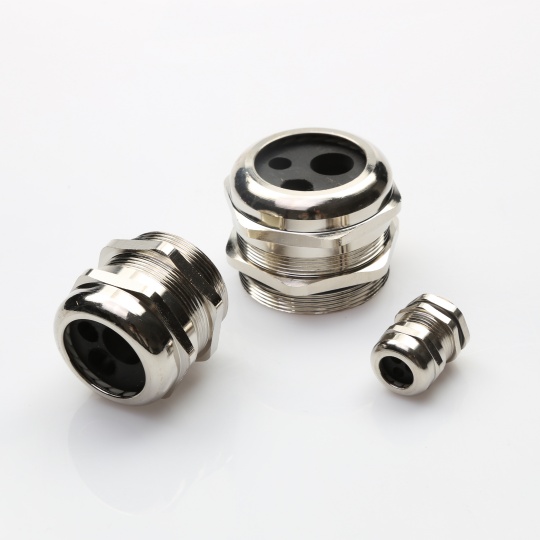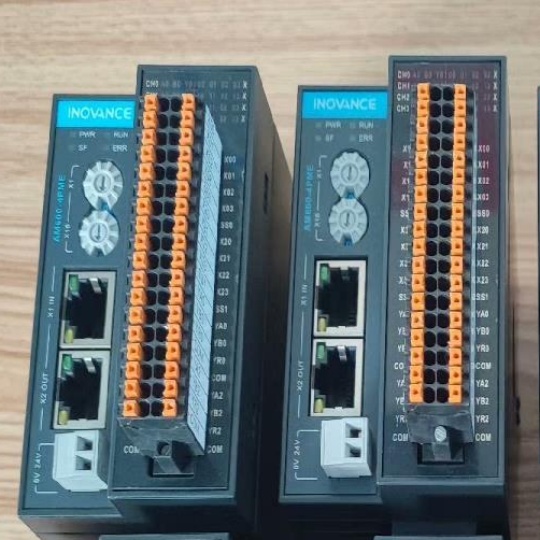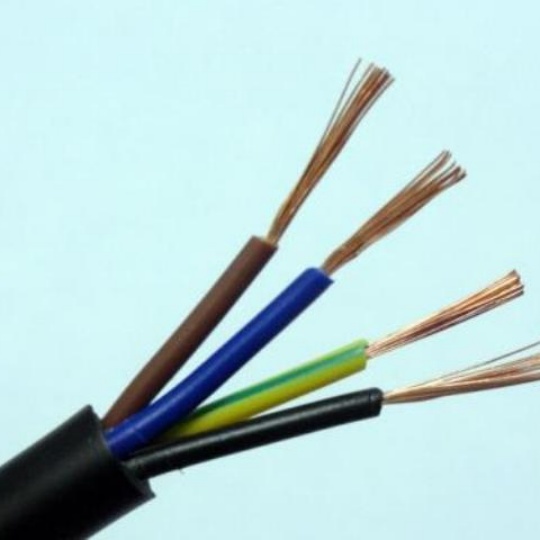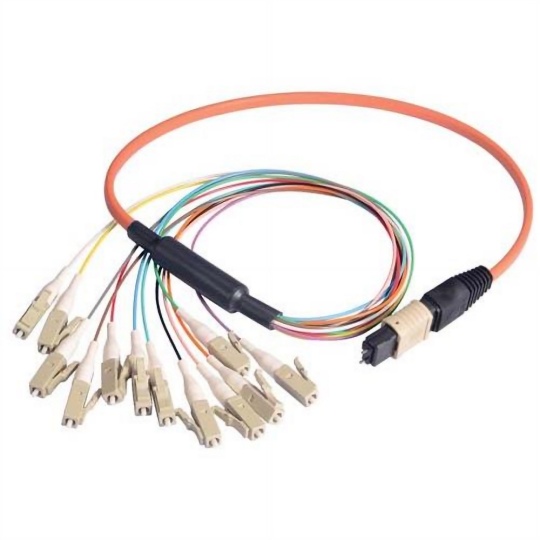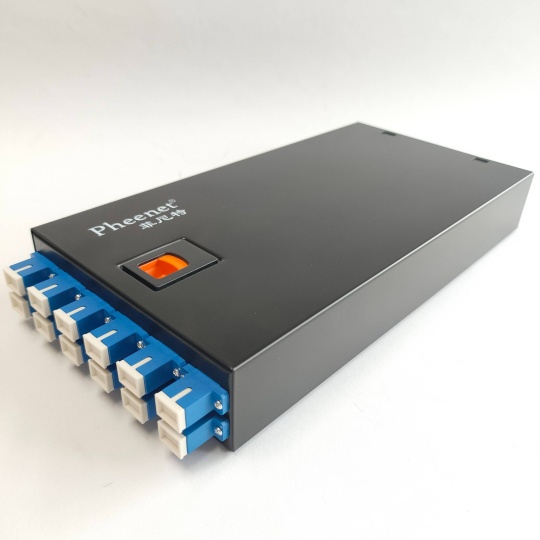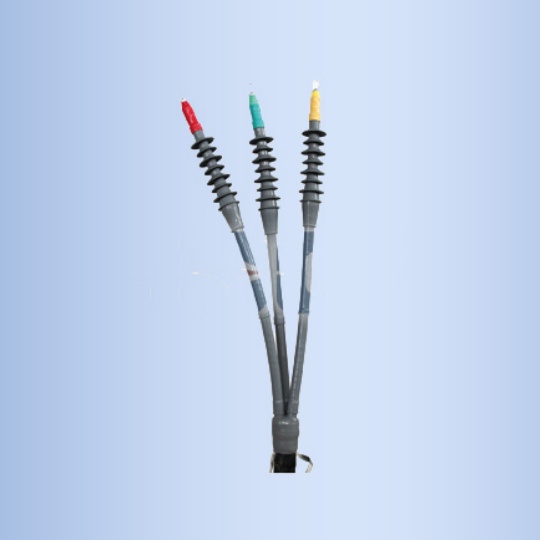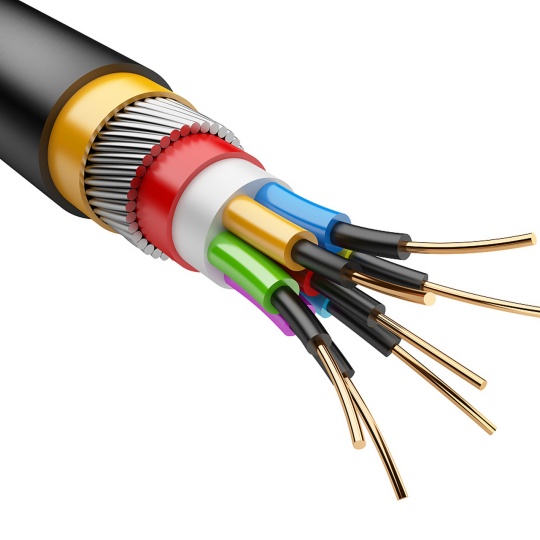How to repair a damaged industrial cable effectively
Industrial cables are vital components in various industrial settings, responsible for transmitting power and signals. When they get damaged, it can disrupt production and even cause safety hazards. Therefore, knowing how to repair them effectively is crucial.
First, assess the damage thoroughly. Before starting any repair work, you need to have a clear understanding of the extent and nature of the damage. Check the outer insulation for cracks, cuts, or abrasions. If the insulation is damaged but the conductors inside are intact, the repair process will be relatively simple. However, if the conductors are exposed, broken, or corroded, more complex repairs are required. Also, determine the location of the damage. If it’s near a connector or junction box, it might be easier to replace that part. If it’s in the middle of a long cable, a splice repair may be necessary.
For minor insulation damage where the conductors are not affected, you can use insulation tape. Start by cleaning the damaged area with a dry cloth to remove any dirt or debris. Then, wrap the insulation tape tightly around the damaged part, overlapping each layer by about half of the tape’s width. Continue wrapping until the repaired area is completely covered, and extend the tape at least 2-3 centimeters beyond the damaged area on both sides to ensure proper insulation.
When the insulation is severely damaged or the conductors are exposed but not broken, heat-shrink tubing is a good option. Choose a heat-shrink tubing that matches the size of the cable. Slide the tubing over the damaged area, making sure it covers the damaged part and extends a few centimeters on both sides. Use a heat gun to apply heat evenly to the tubing, starting from the center and moving towards the ends. The tubing will shrink and form a tight seal around the cable, providing excellent insulation and protection.
If the conductors are broken, a splice repair is needed. First, cut out the damaged section of the cable using a cable cutter. Make sure the cuts are straight to ensure a good connection. Strip the insulation from the ends of the remaining cable sections, exposing about 2-3 centimeters of the conductors. Twist the corresponding conductors together firmly, ensuring a secure connection. Then, cover each twisted connection with an insulating sleeve or wrap it with insulation tape. After that, wrap the entire splice area with insulation tape to provide additional protection. Finally, use a heat-shrink tubing over the entire splice to seal it and provide mechanical strength.
Safety should always be a top priority during the repair process. Before starting any work, ensure that the cable is disconnected from the power source to avoid electric shock. Use appropriate personal protective equipment, such as gloves and safety glasses. Also, make sure you are using the right tools and materials for the job. Using substandard materials can lead to failed repairs and potential safety risks.
After completing the repair, it’s essential to test the cable to ensure it’s working properly. Reconnect the cable to the power source and check for any signs of overheating, sparking, or abnormal behavior. Use a multimeter to test the continuity and insulation resistance of the cable. If any issues are found, redo the repair or consider replacing the cable if necessary.
In conclusion, repairing a damaged industrial cable effectively requires a thorough assessment of the damage, choosing the right repair method, following proper repair procedures, and prioritizing safety. By taking these steps, you can restore the functionality of the cable and minimize downtime in industrial operations.


